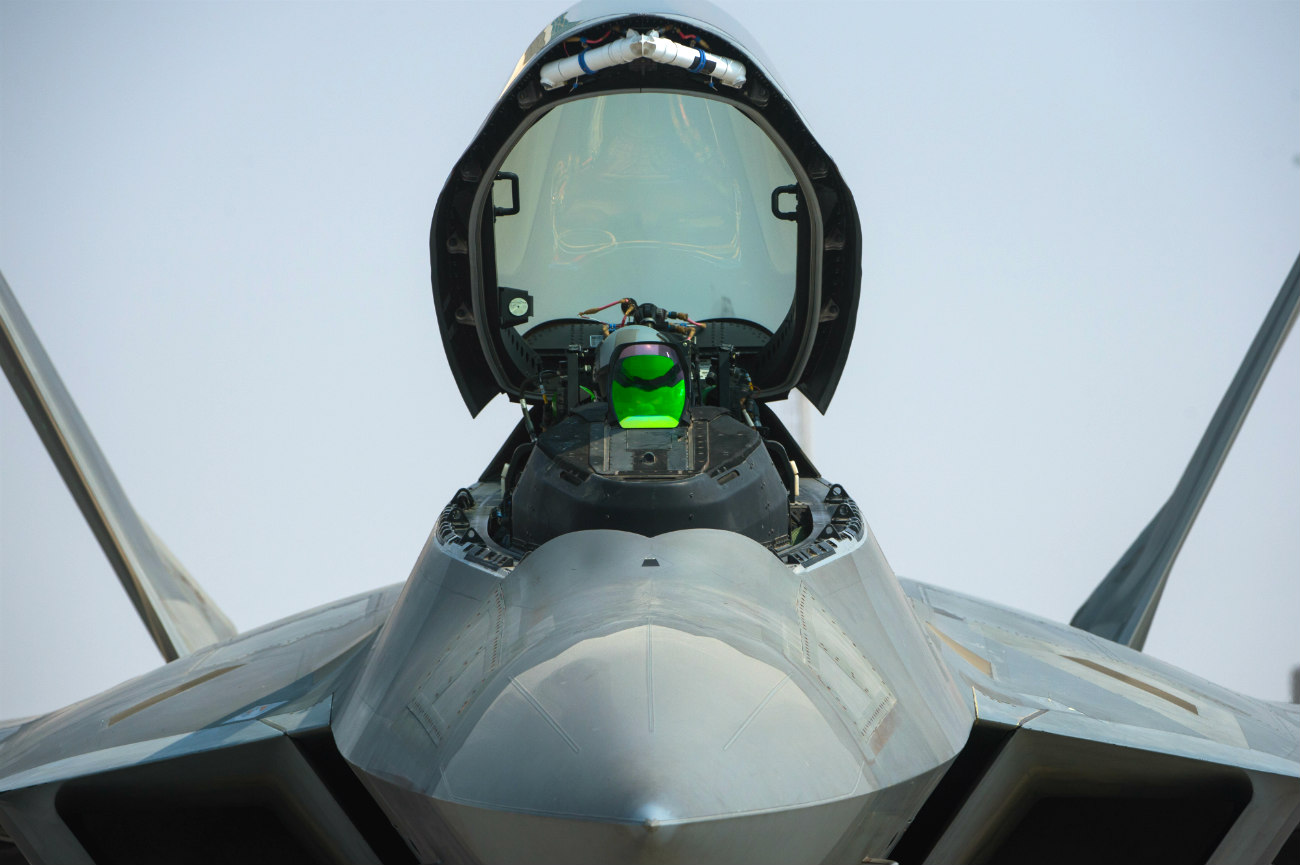I've no idea what the text says. Context is that canards are in different positions. Which doesn't have to mean anything but hey, it's an image, anyone can make of it what they want.
The canards are hydraulically actuated, at rest pressure bleeds off and normalizes, the canards will then assume an "at rest" position....I don't know if an administrator would be so kind as to bring up some of our early video, where as the ground crew supervises the aircrafts initial "flight checks", the FCS cycles all the flight controls through their "full throws".
That is/was something to see as the airplane is started and brought up to temps, the FCS will run all the controls though a full cycle in order to prepare the airplane for flight.. It may be that as the pilot goes down the check list,, (every pilot has "Controls free, and correct" on the check list") and he moves the stick and rudder to the limits?? but it almost seemed to me as if the FCS were running its own power up, as each of the canards runs though its full throws together.
but you are right, not only the canards, but each flight control would be in an at rest state, the application of hydraulic pressure is simultaneous with the FCS assuming full control authority over each of those flight control surfaces..
but my challenge to members is to find an inflight image of those canards in any kind of asymmetric condition, they are always symmetrical in flight, I do not believe they have any other function than pitch control.. the J-20's FCS is extremely complex to begin with, and I while I made that statement very early in our observations, when Seige translated Dr. Songs initial engineering paper, Dr. Song pointed out what a tremendous challenge the FCS had been....












